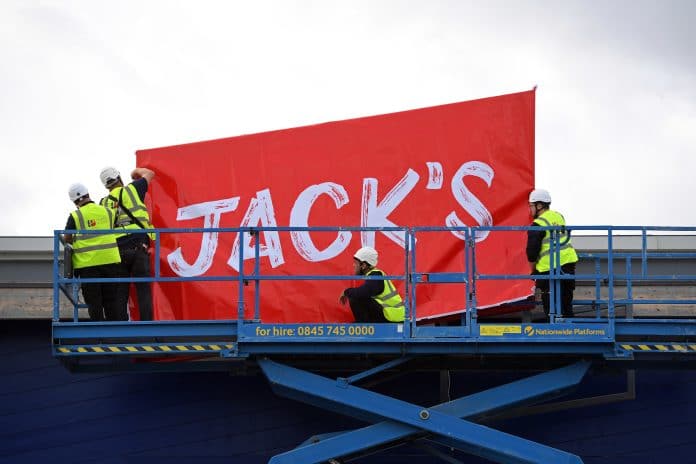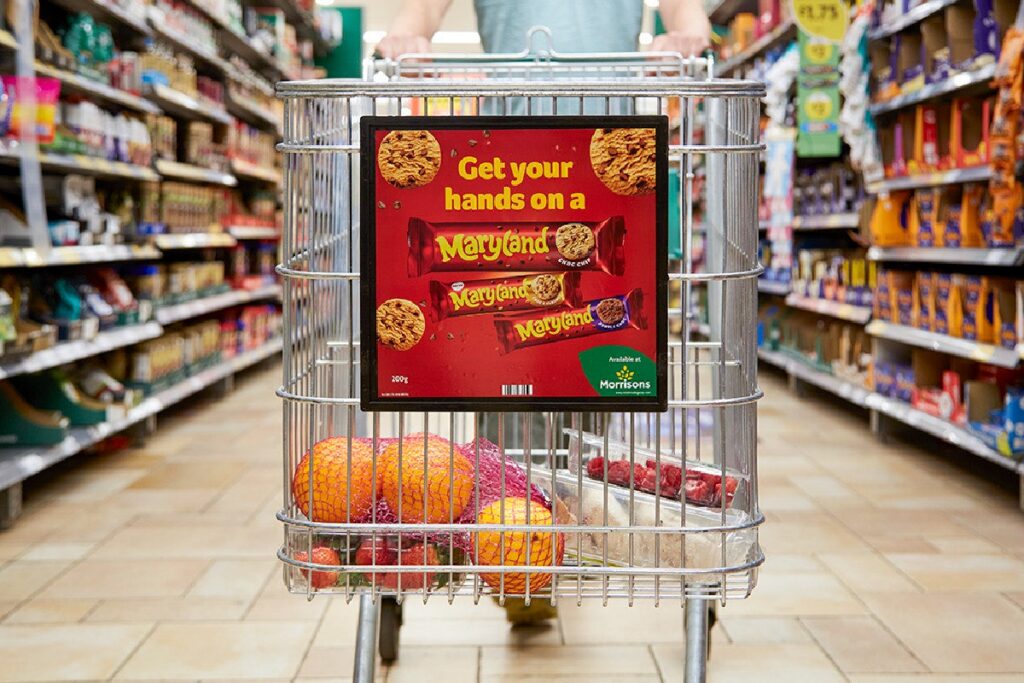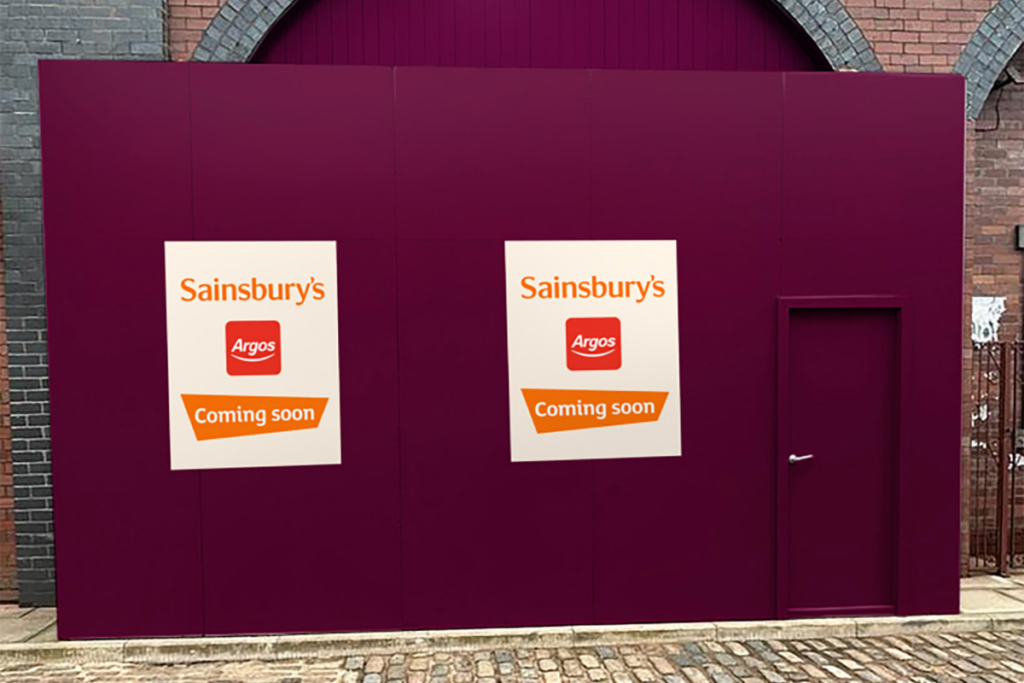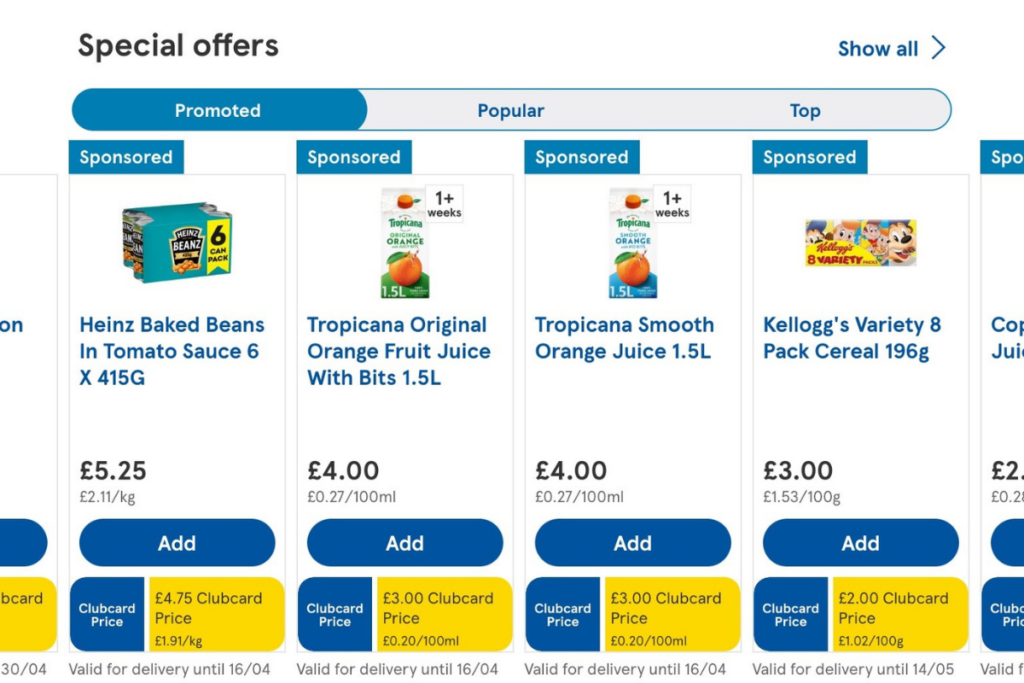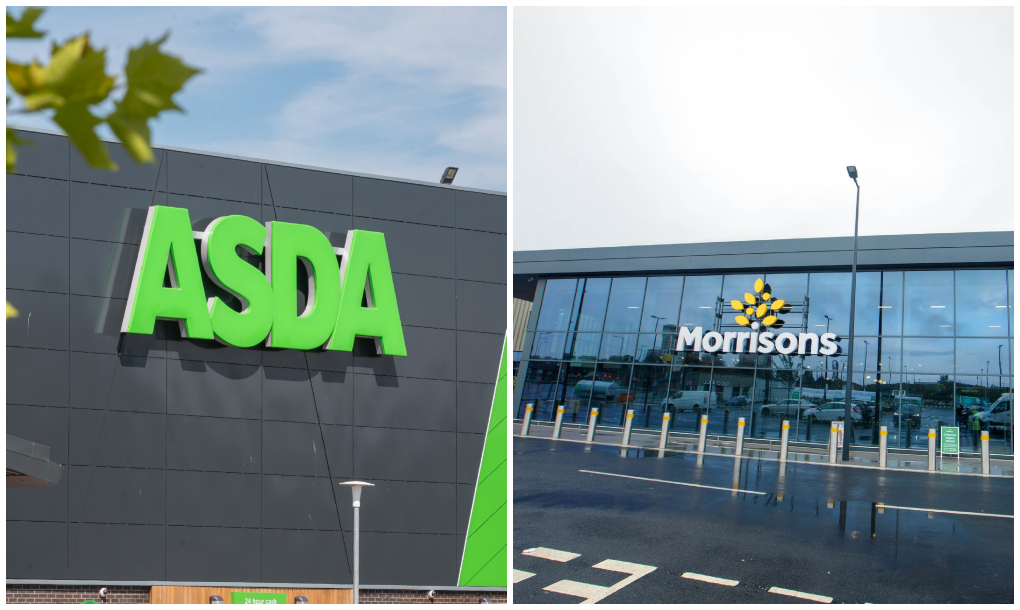Tesco launched its discount chain Jack’s – named after Tesco founder Sir Jack Cohen – back in 2018 to offer customers a “cost-effective” and “value-orientated” way of shopping.
But the Big 4 grocer brazenly axed the first ever Jack’s store in Rawtenstall, East Lancashire just a year after opening – only to be replaced with a 40,000sq ft regular Tesco store. The retail giant said it was responding to customer demand, suggesting that some sort of backlash may have taken place towards its discount concept.
Chief executive Dave Lewis – who announced his resignation amid the grocer’s half year results in October – told BBC News at the time of Jack’s launch that the objective was to be the “lowest cost for customers”.
In fact, Jack’s was initially launched to tackle the intrusive growth of German discounters Aldi and Lidl. Since they both entered the UK market in the 1990s, they’ve been chipping away at the market share of not only Tesco, but also fellow Big 4 grocers Sainsbury’s, Asda and Morrisons.
While the grocery sector as a whole has had its fair share of struggles due to Brexit uncertainty in recent times, Kantar Worldpanel’s grocery market share data suggested that it returned to growth in October, with sales rising 0.5 per cent.
It didn’t end there. In the latest grocery market share figures released earlier this month, year-on-year supermarket sales grew by the fastest rate since November last year, at 0.7 per cent.

Sainsbury’s was the only one of the traditional large grocers to increase year-on-year sales, with spend up by 0.3 per cent as it returned to growth for the first time since October 2019.
Among the rest of the Big 4, sales at Tesco and Asda dipped by 0.8 per cent and 1.2 pert cent respectively while Morrisons’ sales were two per cent lower than the same period last year.
However, while still reigning supreme in the rankings, Tesco suffered the worst loss in market share on a year-on-year basis among the Big 4 – falling from 0.5 percentage points to 27.2 per cent.
Not surprisingly, Aldi and Lidl increased their year-on-year market share , from 7.6 per cent to 7.9 per cent and 5.2 per cent to 5.8 per cent respectively.
Given the huge inroads made over the past decade by the discounters, it was arguably reasonable for Tesco to trial a store model that looked to replicate some of their strengths.
However, Stuart Higgins, a partner at management consultancy BearingPoint, said Tesco made the mistake of trying to compete head-on with a format in which they could never win.
“Aldi and Lidl are already well established, with their success being driven through the aggregation of large volumes into a single stock keeping unit, thus enabling a unique buying power that can deliver both quality and value,” he said.
“Tesco will never achieve the same buying power per stock keeping unit – because, even if they choose to range only a subset of their core products in Jacks, they do not have the aggregated volume to generate the same level of negotiated discounts.
“Fundamentally, Jack’s will only ever be a scaled down Tesco, and the customer wants something different from their discounter.”

Higgins added that at this current time Aldi and Lidl do not feel “threatened” by the Big 4 grocers, rather they are trying to out-compete each other for growth in the sector.
“They do not profess to offer a full grocery range and the ability to undertake a complete grocery shop in one visit,” he said.
“Instead they are seeking to persuade the customer to complete a partial shop in the discounter, with a top up in the main grocer where the discounters do not carry the range.
“To that extent, Aldi and Lidl gain from being seen to be in close proximity to the Big 4 as it makes it easier for the customer to shop across both formats.”
“Jack’s will only ever be a scaled down Tesco, and the customer wants something different”
Theadora Alexander, co-founder of food and beverage consultancy Young Foodies, said it remained a “myth” that consumers just want cheap products.
“Consumers are happy to pay for the right products and by trying to compete with discounters, all the retailers will do is drive value out of their fixtures and a race to the bottom,” she said.
“When you are comparing the same products, of course consumers will go for the cheapest.
“But then it is for Tesco to give consumers something that Lidl never could.
“The answer to Tesco improving Jack’s is in creating ranges of branded innovation that give consumers what they want and are willing to pay more for.”
Despite the Jack’s closure in Rawtenstall in September last year perhaps discouraging the business’ growth, Tesco maintained that it was “excited about plans to open further stores this year”.
At the time of Jack’s launch, the Big 4 leader hoped to open between 10 to 15 stores in the UK within six months.
However, a Tesco spokesperson told Retail Gazette that it opened just three more Jack’s stores at the end of last year – bringing the total to 12.
Although a reason was not given for Jack’s slower-than-expected growth, Tesco said the fascia was launched “to bring customers great-tasting food at the lowest possible prices and the reaction has been very positive”.
Consequently, Nelson Blackley, a research associate at Nottingham Business School, argued that “Tesco’s limited information about Jack’s sales might suggest they are trading at disappointing levels”.
“It wasn’t mentioned in their third quarter trading statement at the start of 2020,” he explained.
“Let’s see if there is more light shone of this part of their business when they announce year end results on April 8.”
Despite this, Blackley added that the Jack’s store closure didn’t necessarily indicate “huge problems” for other stores under the same fascia. He said it showed a willingness by the Tesco team to trial different formats and options instead.
“The Jack’s store closure didn’t necessarily indicate ‘huge problems'”
“The majority of Jack’s stores are in Lancashire, Merseyside, Yorkshire and West Midlands,” he said.
“These Jack’s stores have required limited capital investment or corporate resource – unlike the $1 billion (£779 million) sunk by Tesco into the disastrous Fresh & Easy project in the USA a few years ago.
“And so it probably needs to be thought of as a proactive trial alongside lots of other initiatives they are introducing, such as the opening of their first cashless store in High Holborn, London last month or adapting in-store bakeries in their larger stores to meet changing customer demand.”
Many analysts have argued that Jack’s model is designed to mirror the German discounters closely. But while Aldi and Lidl have both created substantial reasons beyond price to drive loyalty, such as new homeware offerings each month and the ever-changing central aisle concept, Tesco’s introduction of Jack‘s arguably lacked that uniqueness.
Tesco already had a significant proposition that stretched from lowest priced ranges to Finest and from convenience to hypermarkets, so the Jack’s strategy may have focused too much on competing with the discounters on their terms – which customers are unlikely to prefer over Aldi and Lidl unless it offers a different proposition.

While Tesco itself has over 3000 stores across the UK, Jack’s has some way to go before it can really be classified as a legitimate challenge to the German discounters.
Arguably, Tesco may need to focus on providing relevant benefits to their customers. If it is unable to do this purely on price, it needs to look at other key drivers of customer choice, such as product quality, convenience, service.
Click here to sign up to Retail Gazette‘s free daily email newsletter

